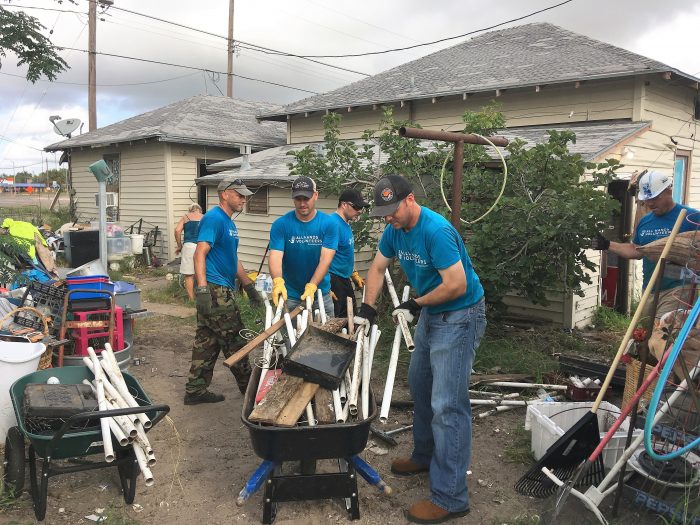Disaster Philanthropy Lessons From The Playground
On a recent trip with my four- and six- year- old daughters, it struck me that there’s a lot to learn about effective disaster philanthropy from witnessing good playground culture. It was a sunny day in the middle of winter. The playground was flooded with kids and their parents or caregivers –all itching for some […]
On a recent trip with my four- and six- year- old daughters, it struck me that there’s a lot to learn about effective disaster philanthropy from witnessing good playground culture.
It was a sunny day in the middle of winter. The playground was flooded with kids and their parents or caregivers –all itching for some vitamin D and some run-around time. On this bright beautiful day, however, the number of tumbles seemed oddly high. It was through watching these little ones trip, fall, and cry, that inspiration took hold.
I realized that the two questions following a fall are exactly the two questions that every good disaster philanthropists asks anyone he or she speaks with in a disaster affected area:
- Are you ok? And…
- How can I help?
Park culture dictates that adults and children alike ask these two questions – it is just what you do out of respect–make sure the child is OK, and gets what she or he needs to get back up and running or to get help if help is needed.
These two questions are critical to philanthropists funding disaster-related issues. In the aftermath of a disaster, funders have to ask these two questions: Are you ok? And How can I help? – out of respect, out of courtesy and collegiality, and because they must understand where philanthropic dollars can be most helpful. If we hope and expect that disaster-affected communities are going to recover and return to some normalcy, then our approach must be one that respects and listens to local needs, voices, and leadership.
The playground also teaches us an important lesson in mitigation and preparedness. Sevier Park in Nashville where I take my daughters, has been updated over the past several years. Our “old school” park once had metal slides and a wobbly wooden bridge, studded with nails and splintering wood, and held together with chain link “rope.”
The head of the Nashville Parks system saw the inherent risks and decided to employ sound mitigation tactics. Metal slides that could produce burns during the summer were replaced with plastic ones. The wobbly bridge which presented the potential for splinters and worse, is gone and in its place is a larger play structure that gives children the ability to climb and hang in a variety of different ways, without the danger of an injury. The changes to the park have been a huge hit—there are age-appropriate areas, lots of opportunities for adventure, and mitigated risk of bodily harm.
Private philanthropists can do the same when it comes to preventing or mitigating future disasters by investing in helping communities prepare for and mitigate disasters. For example, funding could support educational initiatives in disaster-prone areas, invest in housing projects that are environmentally friendly and resistant to disasters, or the scientific research to create disaster-resistant structure. Philanthropists can invest NOW to train and prepare volunteers and first responders for when the next disaster strikes. What’s more, funders can support local NGOs that provide critical social safety net services across communities, and should also work with existing grantees to ensure that there are continuity plans in place for effective disaster response.
If you have thoughts you’d like to share with me on this topic, please post a comment here, or email me directly at regine.webster@disasterphilanthropy.org. Perhaps you have had a similar experience that you would like to share?
More like this

Rebuilding Hope in Nepal

